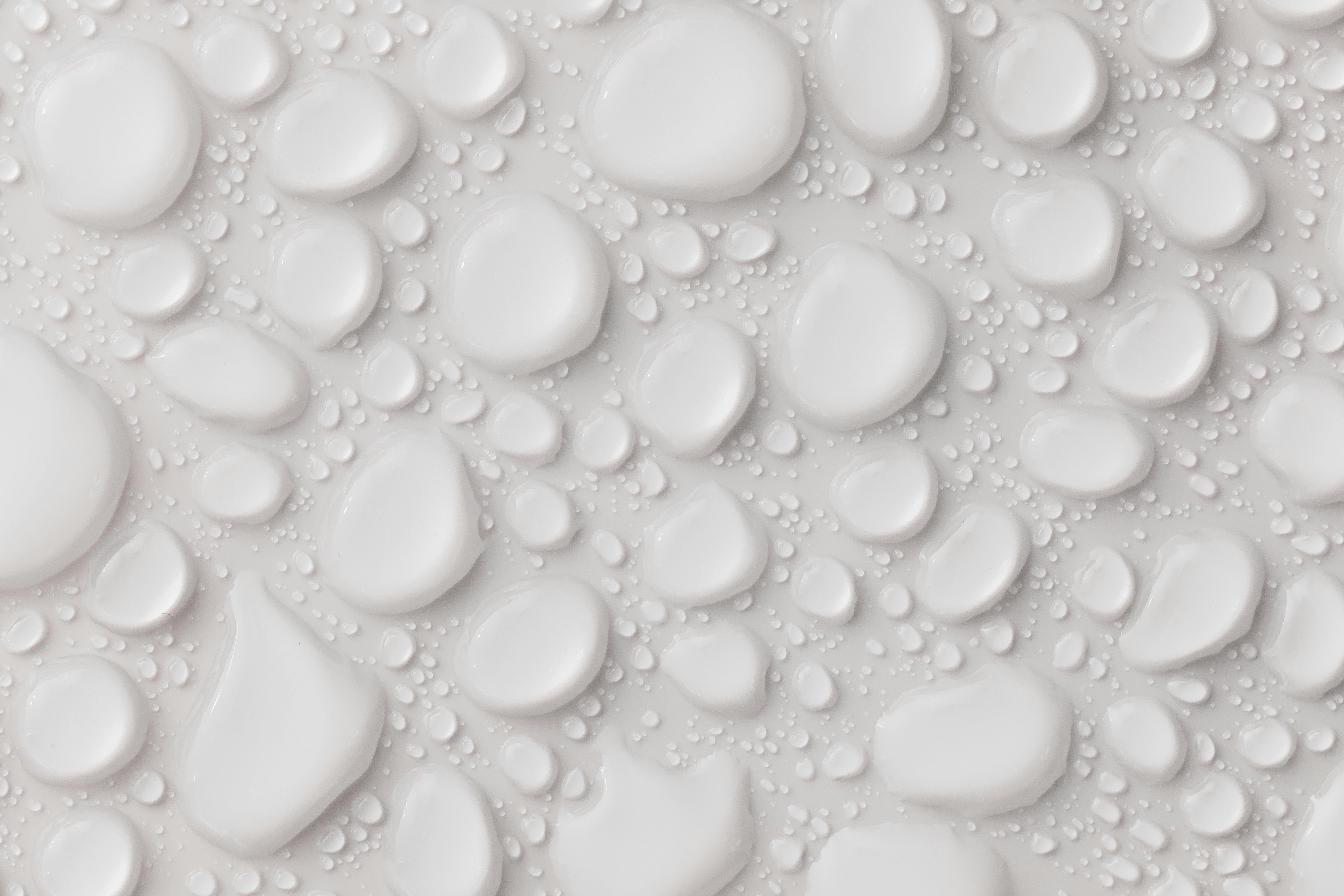Simple distillation and fractional distillation are two different techniques used to separate mixtures of liquids. In simple distillation, a mixture is heated to its boiling point, which causes the components of the mixture to vaporize. The vapors are then condensed and collected in a separate container. In fractional distillation, the mixture is heated slowly and continuously, causing only certain components of the mixture to vaporize at certain temperatures. The vapors are then cooled and condensed into separate containers, allowing for more precise separation of the components than simple distillation.Simple Distillation is a method of separating components of a liquid mixture by heating the mixture and condensing the vapours to produce a distillate, which is then collected separately from the residue. It is based on the different boiling points of the components in the mixture, with the component with the lower boiling point being vaporised first and condensed first. Simple distillation is usually done at atmospheric pressure.
Fractional Distillation
Fractional distillation is a type of distillation that separates a mixture of two or more liquids with different boiling points. It is used to separate compounds based on the differences in their volatilities. This process involves heating the mixture until it reaches its boiling point, then condensing the vapors from the mixture into two or more fractions. The fractions are collected and separated according to their boiling points. Fractional distillation is used in a variety of industries, including oil and gas refining, pharmaceutical production, and chemical manufacturing. It is also used to produce essential oils and to purify alcohols for consumption.
The main benefit of fractional distillation is that it can be used to separate compounds with very similar boiling points, which would be difficult to do using normal distillation methods. In addition, fractional distillation can be used to separate mixtures containing multiple components with different boiling points efficiently and quickly. Furthermore, fractional distillation can be used on large scale production processes due to its ability to produce high yields of pure products.
Principles of Simple Distillation
Simple distillation is a process of separating a liquid mixture into its component parts by heating the mixture and condensing the vapors that are produced. This process is used to separate liquids with different boiling points. It involves heating the mixture until the more volatile component boils, and then condensing the vapor into a separate container. The process can be repeated until all components of the mixture have been separated. The basic principle of simple distillation is that different components of a liquid mixture have different boiling points, and when heated, they will evaporate at different temperatures. By capturing each component at its respective boiling point, it can be separated from other components in the mixture.
In order to perform a simple distillation, the liquid mixture must first be heated to its boiling point. This temperature should be carefully monitored so that all components of the mixture are boiled off at their respective temperatures and not any higher. Once this temperature has been reached, the vapors must be collected in a separate container to prevent them from escaping back into the atmosphere. The condensation of these vapors can then be collected in another container for further analysis or processing.
<
Principles of Fractional Distillation
Fractional distillation is a process used to separate components of a liquid mixture based on their different boiling points. It is an important technique in the chemical industry, as it can be used to purify various liquids. The process involves heating the mixture to its boiling point, and then condensing the vapors that are created. The vapors are then passed through a fractionating column, which separates the components of the mixture based on their different boiling points. The fractions can then be collected and analyzed for further use.
The fractionating column is the key component of fractional distillation, as it allows for the separation of mixtures based on their different properties. This column is made up of several trays or plates that have an increasing temperature gradient as you move up the column. As vapor passes through each tray, a portion of it condenses and falls back down into a lower tray, while some continues upwards until it reaches its desired fractionation point. This process continues until all fractions have been separated and collected.
The efficiency of fractional distillation depends on several factors such as pressure, temperature
Simple and Fractional Distillation
Distillation is a process used to separate compounds based on their boiling points. Simple distillation is used to separate two liquids that have a large difference in their boiling points, while fractional distillation is used to separate liquids with similar boiling points. The equipment used for these two processes can vary depending on the application and the desired level of purity.
Simple Distillation Equipment
Simple distillation requires a heating source, a distilling flask, a condenser, and a receiving flask. The heating source is typically an electric hotplate or an open flame. The distilling flask contains the liquid mixture that will be separated. The condenser cools the vapors from the distilling flask and allows them to condense back into liquid form in the receiving flask.
Fractional Distillation Equipment
Fractional distillation requires more elaborate equipment than simple distillation due to its ability to produce higher levels of purity. This equipment includes a still pot, fractionating column, thermometer or thermocouple, adapter, collection vessel or receiver

Effect of Boiling Point on Simple and Fractional Distillation
Simple distillation and fractional distillation are two methods used to purify liquids or separate components from a mixture. The boiling points of the substances involved have a major influence on the efficiency of the process. In simple distillation, two liquids with significant differences in their boiling points can be separated by heating the mixture until one boils off and is collected as a vapor. The boiling point of the liquid determines how much energy is needed for it to vaporize, which in turn affects how much energy needs to be removed from the mixture for it to boil off.
In fractional distillation, multiple liquid components with similar boiling points can be separated by cooling and condensing vapors repeatedly in multiple stages. The boiling points of each component affect how efficiently they will separate from one another since each substance will begin to vaporize at its own temperature. If there is too little difference between the boiling points, then some components will remain as liquid instead of vaporizing, causing them to be collected with other components instead of being separated.
The boiling point also affects the purity of the collected substances since impurities tend to
Simple Distillation
Simple distillation is a process in which two or more liquids with different boiling points can be separated using a distillation apparatus. This process involves heating the mixture until one liquid boils and then collecting the vapor given off, which is then cooled and condensed back into liquid form. The result is a pure form of the original liquid with a higher boiling point. Simple distillation can be used to separate mixtures of liquids such as ethanol and water, or oil and water. It is also used in industrial applications to separate volatile compounds from non-volatile compounds or to purify certain chemicals.
Fractional Distillation
Fractional distillation is a type of distillation process that involves separating components of a mixture based on their boiling points. Unlike simple distillation, fractional distillation utilizes multiple steps to achieve separation. The mixture is heated until it reaches its boiling point, and the vaporized components are then collected separately using fractionating columns filled with packing material such as glass beads or Raschig rings. This packing material creates layers within the column so that vapors can travel up separately before condensing
Advantages of Simple Distillation
Simple distillation is one of the most common and economical methods of separating liquids from solids. This method is used to separate liquids that boil at different temperatures, so that the desired liquid can be collected. One of the main advantages of simple distillation is that it can be used to separate liquids that have very similar boiling points. This means that it can be used to separate two liquids with boiling points that are very close together. Another advantage is that it is relatively easy to perform and requires minimal equipment. It also requires a relatively short amount of time to complete.
Advantages of Fractional Distillation
Fractional distillation is a more advanced form of distillation than simple distillation, as it uses a fractionating column which helps to further separate different components within a mixture. This makes fractional distillation highly effective for separating mixtures where the components have very similar boiling points, as each component will condense at different heights in the fractionating column. Another advantage is its ability to achieve high levels of purity for each component, as each component can be collected separately

Conclusion
Simple distillation and fractional distillation are two processes used to separate volatile liquids from non-volatile mixtures. Simple distillation is used when the boiling points of the components are far apart, while fractional distillation can be used when the boiling points of components are closer together. Simple distillation requires a single condenser and a single collection vessel, while fractional distillation requires more complex equipment such as a fractionating column, several condensers, and multiple collection vessels. Both simple and fractional distillation can be an effective way to purify or separate liquids from mixtures. However, it is important to note that each technique has its own advantages and disadvantages and should be chosen accordingly.
In conclusion, simple distillation and fractional distillation both have their own unique advantages and disadvantages that must be taken into consideration when choosing which method to use. Each method should be chosen based on the components of the mixture being separated as well as other factors such as cost, time, safety, accuracy etc. While both methods can be effective in separating volatile liquids from non-volatile mixtures, it is important to choose the most appropriate technique according to

